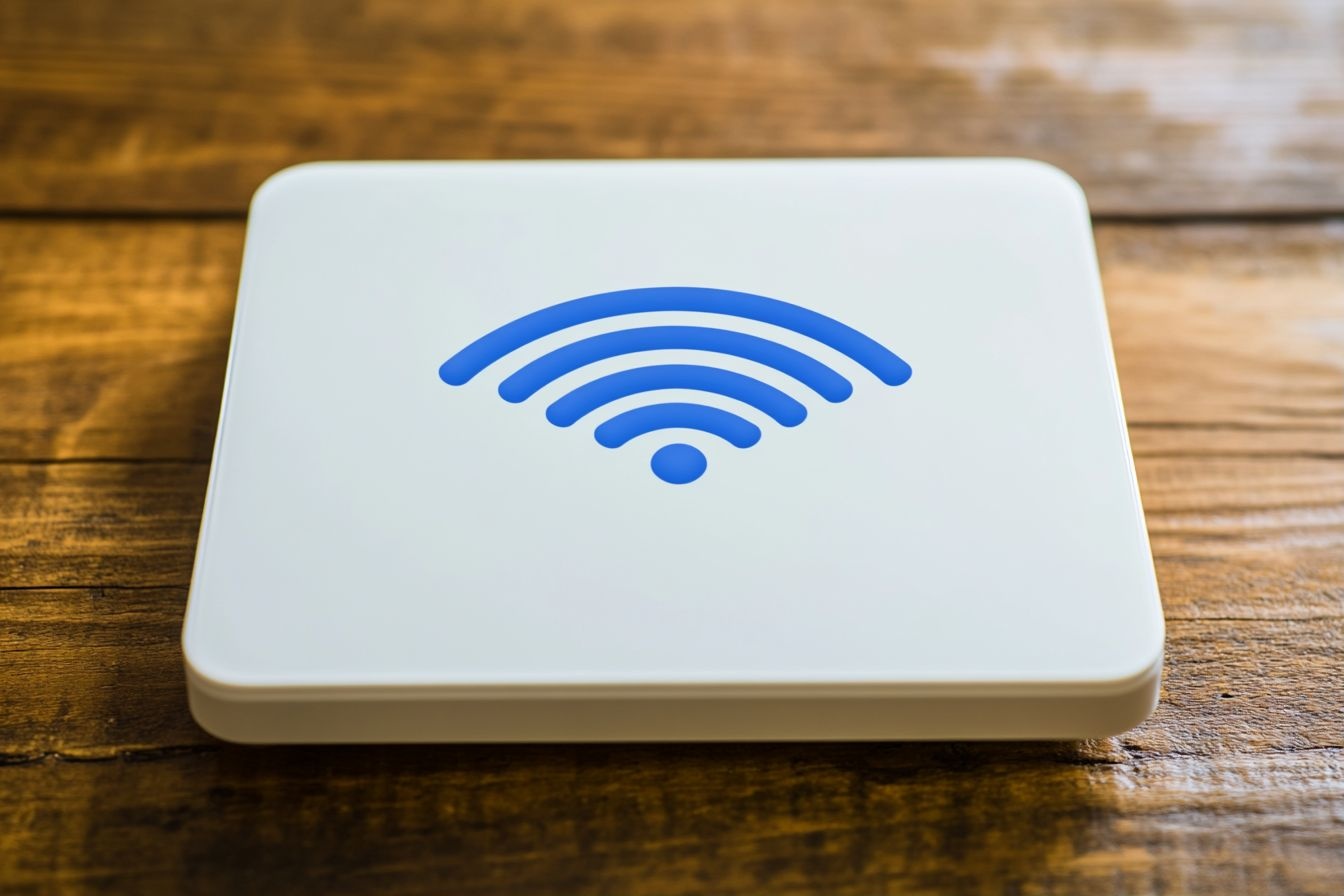Comparing Data Caps, Speed Tiers, and Pricing Models for Residential Plans
This article examines how data caps, speed tiers, and different pricing models shape residential internet service choices. It covers how bandwidth, latency, and infrastructure affect everyday performance, clarifies the role of routers and mesh systems, and offers practical cost insights and a comparison table of common providers. Readers will gain a clearer view of trade-offs when selecting plans based on usage patterns and home networking needs.

Residential internet plans are a mix of technical limits and commercial terms: speed tiers advertise maximum bandwidth, data caps limit monthly usage, and pricing models determine how costs scale with features and promotions. Understanding how latency, routing, and home hardware affect real-world performance helps households match plans to typical activities such as streaming, gaming, remote work, and smart-home use.
How do data caps affect household use?
Data caps restrict the amount of data you can transfer in a billing period and can be enforced as hard caps or throttling thresholds. For many users, moderate streaming and browsing stay well under typical caps, but multiple 4K streams, cloud backups, and large software updates can push usage higher. ISPs may apply overage fees or reduce throughput after a cap is exceeded, so households that regularly upload or stream should monitor usage, adjust backup schedules, or choose plans without datacaps.
How do speed tiers and bandwidth differ?
Speed tiers indicate peak download and upload rates, measured in Mbps or Gbps, and represent available bandwidth rather than guaranteed sustained throughput. Bandwidth affects how many concurrent activities a connection supports: higher tiers allow more simultaneous streaming, video calls, and downloads without contention. However, advertised speeds are subject to network congestion, latency, and the capability of your router and devices. Matching a speed tier to household size and activity mix avoids overpaying for unused capacity.
How does latency and routing impact online experience?
Latency measures round-trip delay and matters most for interactive tasks like gaming, video conferencing, and real-time remote control. Routing—how packets traverse the internet—affects latency and can introduce variability depending on ISP peering and backbone quality. A high-bandwidth connection with poor routing can still produce lag. When assessing plans, consider not just Mbps figures but the expected latency and routing quality for services you use frequently.
What role do routers, mesh, and signal strength play?
Home networking hardware influences how much of an ISP’s bandwidth reaches devices. Routers that support current Wi-Fi standards, and mesh systems for larger homes, improve signal distribution and reduce dead zones. Signal interference, device Wi-Fi capabilities, and placement matter as much as the ISP connection. Investing in a modern router or mesh kit can yield noticeable improvements, often more cost-effective than upgrading to a higher speed tier.
How do fiber and wireless infrastructure compare?
Fiber delivers high, symmetrical bandwidth with generally low latency and fewer datacap policies, while cable and fixed wireless often offer high download speeds with varied upload rates and occasional caps. Wireless (4G/5G home) can be convenient where wired options are limited but may show higher latency and variable throughput. Infrastructure quality—fiber, cable, or wireless—dictates the ceiling for speed and reliability; understanding local infrastructure helps set realistic expectations for connectivity.
Real-world cost and provider comparison
Prices for residential plans vary by region, promotions, contract terms, and whether equipment or installation fees apply. Typical U.S.-market benchmarks give a sense of ranges: entry-level cable plans often start around $30–50/month, mid-tier packages $50–80/month, and gigabit fiber plans range from $60–100/month or more depending on provider. Additional fees for routers, surge-protection, or bundled services affect total monthly cost. The table below shows common providers and illustrative cost ranges; actual pricing and availability depend on location and current offers.
| Product/Service | Provider | Cost Estimation |
|---|---|---|
| Cable broadband (200–400 Mbps) | Spectrum | $49–$69/month |
| Cable broadband (100–300 Mbps) | Comcast Xfinity | $30–$70/month |
| Fiber (300–500 Mbps) | AT&T Fiber | $55–$80/month |
| Fiber (200–1000 Mbps) | Verizon Fios | $40–$80/month |
| Fiber (1 Gbps plan) | Google Fiber | $50–$100/month |
Prices, rates, or cost estimates mentioned in this article are based on the latest available information but may change over time. Independent research is advised before making financial decisions.
How should security and routing be considered?
Security features, such as ISP-provided firewalls, DNS filtering, and router firmware updates, protect home networks from common threats. Routing choices—using a VPN or private DNS—can affect latency and throughput, so consider the security trade-offs. For many households, combining a secure, modern router with vendor-supplied protections and periodic firmware maintenance offers a balanced approach to safety and performance.
Residential internet decisions balance technical performance with pricing models and local infrastructure. Evaluating data caps, realistic speed expectations, latency, hardware needs, and transparent pricing helps households select plans aligned with their usage patterns. Because availability and costs vary by area and over time, verify current plan details and test home network performance before making long-term commitments.





